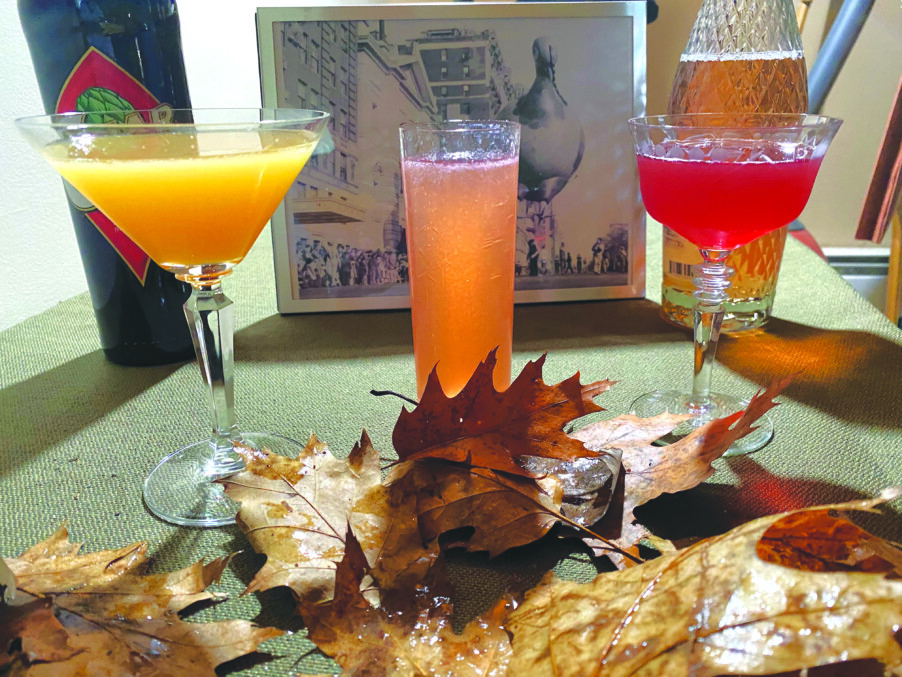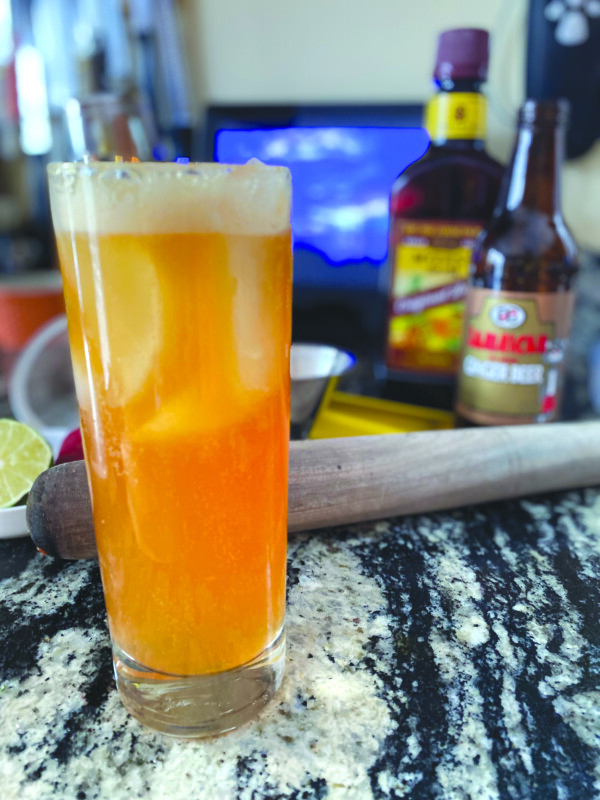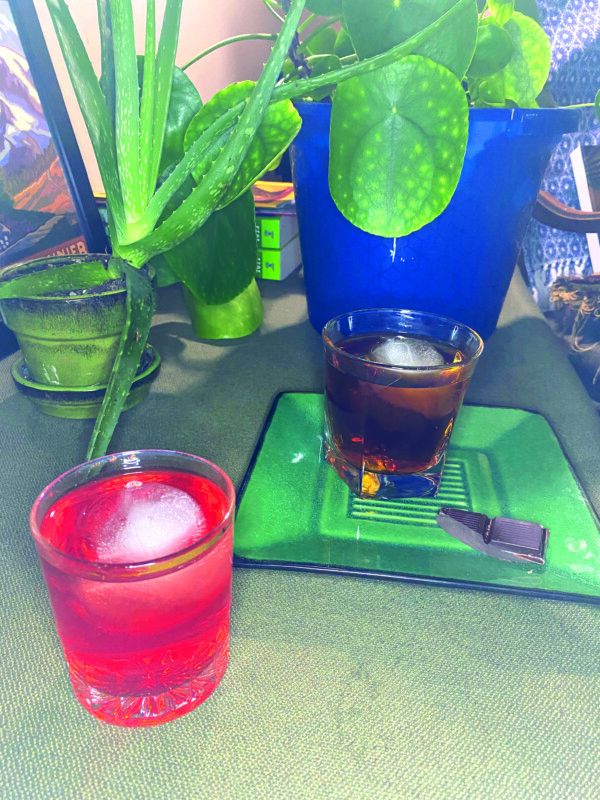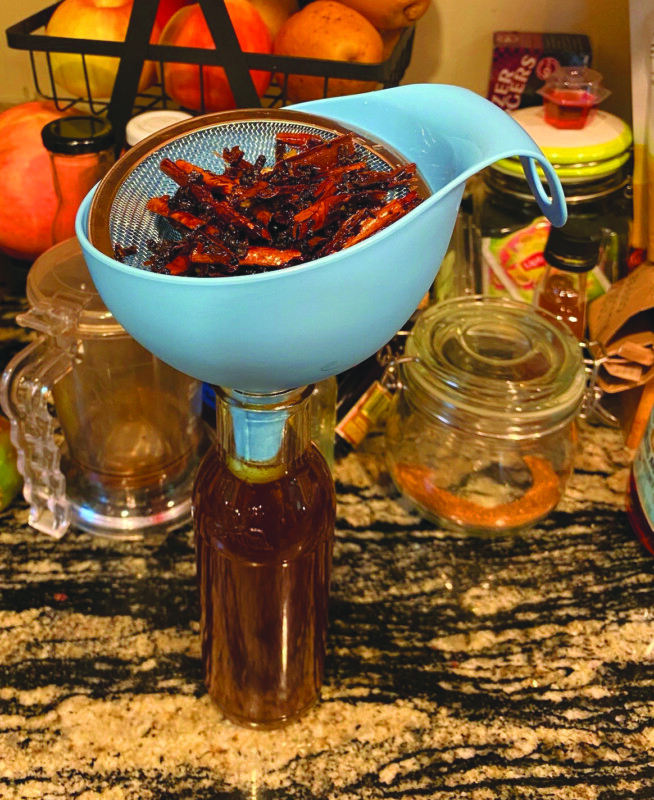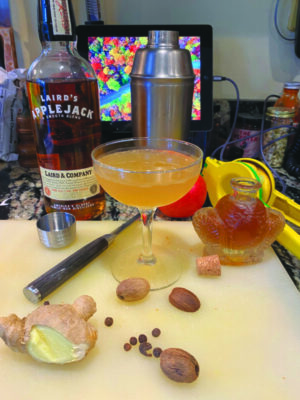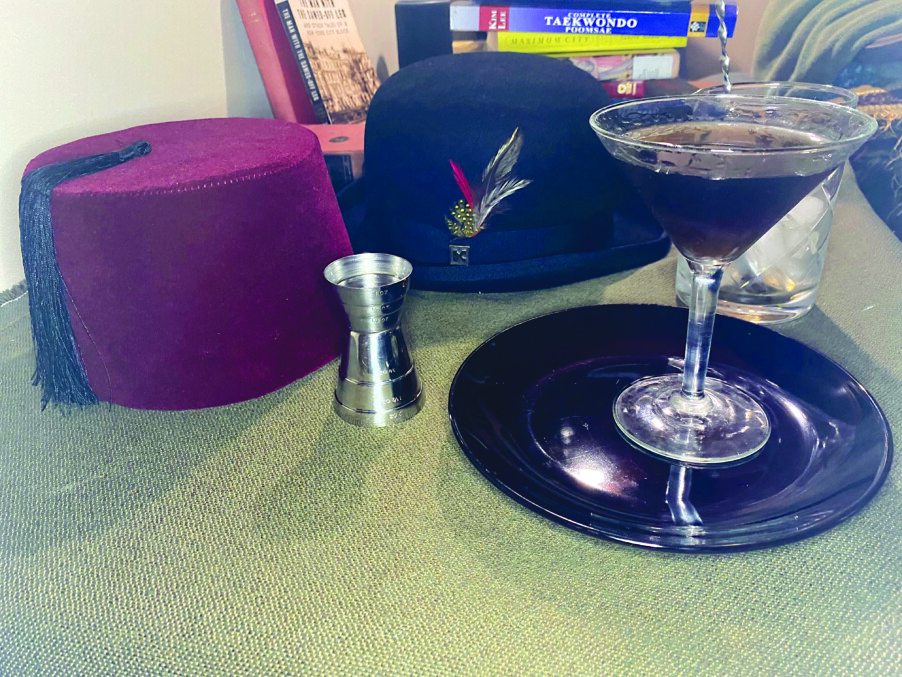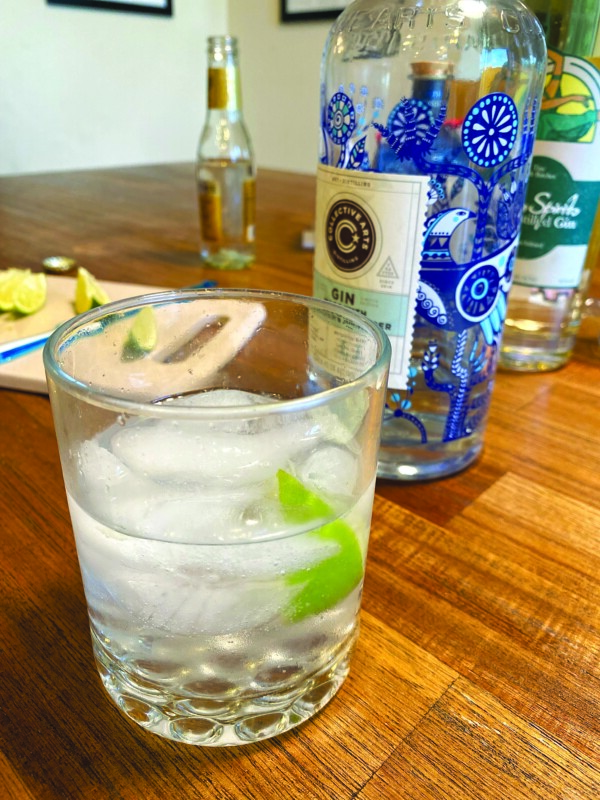There are two great scenes in 1947’s Miracle on 34th Street:
“Hey, Lou! How many letters do we have to Santy Clause down at the Dead Letter Office?”
“I don’t know — there must be fifty thousand. Bags and bags of them comin’ in every day….”
Charlie — because I’ve decided that his name is Charlie — gets thoughtful for a second. The scene cuts to the courthouse, where things don’t look good for Santa Claus, or maybe Kris Kringle, who is defending his sanity in court. He doesn’t want to be institutionalized. The D.A. doesn’t actually want to institutionalize him and risk alienating his own children. The judge, who is worried about re-election, doesn’t want to fit Santa with extra-long sleeves on Christmas Eve.
Then Lou and Charlie and the other postal workers give them all a legal loophole and save Christmas. It’s a brilliantly cynical bit of emotional manipulation. I love it.
Even better is at the beginning of the movie, when it’s discovered that the Macy’s Parade Santa is soused and can’t finish the parade. How can that not have happened at least once in real life?
In that spirit, here are a trio of drinks to enjoy while you watch the parade this week.
Macy’s Parade
- 1 ounce apple brandy – I like Laird’s Applejack
- 1 ounce rye – I’ve been enjoying Knob Creek
- ½ ounce cranberry syrup – see below
- ¼ ounce Cynar – yes, the stuff with the artichoke on the label
- 2 dashes Angostura bitters
Pour all ingredients over ice in a mixing glass. Stir gently.
Let rest 15 to 20 minutes, to let the ice chill and dilute this very authoritative cocktail.
Strain into a coupé glass, and drink while singing show tunes along with the lip-synching, float-riding Broadway stars with overly bright eyes. Do this until your teenage child threatens arson.
This drink, courtesy of Craig Eliason in Minnesota, is not a light, frivolous cocktail. It is sweet, boozy, and a little herbal, courtesy of the Cynar and the bitters. It stares you in the eye and dares you to get cynical about the parade.
“Don’t you dare make fun of Al Roker,” it tells you in a low growl.
Cranberry Syrup
Combine frozen whole cranberries with an equal amount of white sugar, by weight, in a small saucepan. Bring to a boil, mashing the berries with a potato masher once they have thawed. By using frozen berries, you have forced ice crystals to stab through all the cell walls of the cranberries, encouraging them to give up their juice.
Bring to a boil, to make sure that all the sugar has dissolved, then strain, battle and cool. This should last a very long time in your refrigerator, but the point is somewhat academic, because the odds are very good that you will use it all to make cranberry margaritas throughout the holiday season.
Parade Route
- 1½ ounces rye
- ¾ ounce fresh squeezed lemon juice
- ¾ ounce simple syrup
- 2 dashes Peychaud’s bitters
- 4 to 5 ounces sparkling rosé
Combine the rye, lemon juice, syrup and bitters with ice in a cocktail shaker. Shake and chill thoroughly.
Strain into a small Collins glass. Top with sparking rosé.
This is light and delicious. For reasons that defy mere logic, it turns out that rye and sparkling wine go really well together. The sweetness from the syrup takes the edge off the booziness, and the lemon juice keeps things from getting too sweet.
If you decide to double down, here’s your next stop:
34th Street Miracle
- 1 ounce cognac
- 1 ounce orange curaçao
- 1 ounce orange juice
- 1 ounce fresh squeezed lemon juice
Combine all ingredients with ice in a cocktail shaker. Shake and chill.
Strain into a cocktail glass
The orange juice and orange liqueur go together extremely well in this drink — no surprise there. The cognac adds a boozy backbone to keep things from getting too orangey — not vodka or gin boozy, but something a little more gracious and civilized. The lemon juice keeps everything from taking itself too seriously.
At this point, when the Parade finally gets to Macy’s, is where you should weepily sing “Over the River and Through the Woods” in at least three different keys. Your family will encourage you to go take a nap. Everybody wins.

